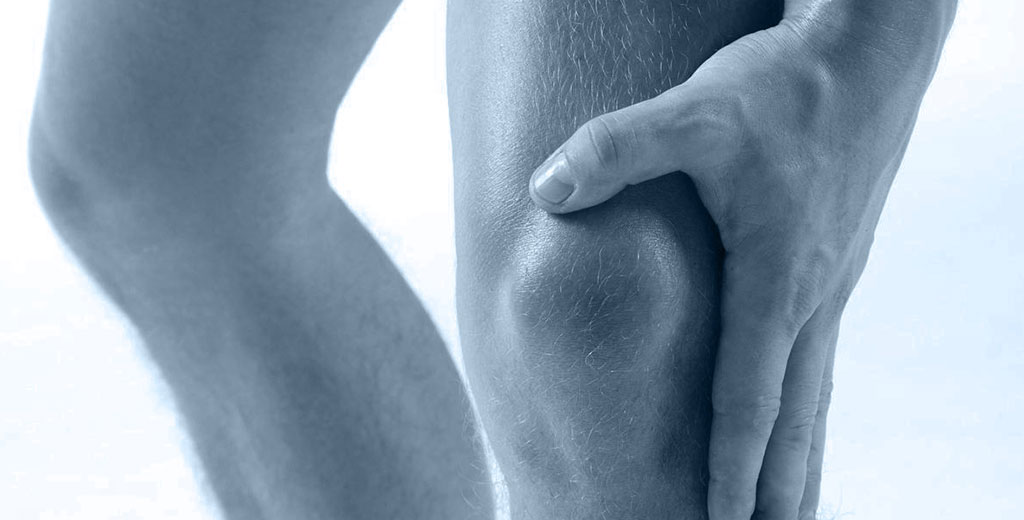Lifting from the ground is a basic functional movement that many patients perform daily—whether carrying a box, moving a suitcase, or picking up a child.
However, the way the involved muscles activate can vary significantly depending on spinal posture during the lift.
Surface electromyography (EMG) is the ideal tool to analyze in real time how the gluteus maximus and spinal erectors activate during a lift.
This allows you to detect inefficient patterns or compensations and adjust the patient’s technique to optimize the movement and personalize treatment.
Want all the details on how to apply this evaluation in your daily practice?
👉 Click here to get more information on how to do it with mDurance EMG
Today you’ll discover how the activity of the spinal erector and gluteus maximus—two key muscles in this type of movement—changes when lifting with a flexed spine versus a neutral spine.
You’ll also learn why assessing this synergy will help you optimize performance, reduce the risk of injury, and design better exercise or rehab programs.
What happens when you lift with a flexed spine?
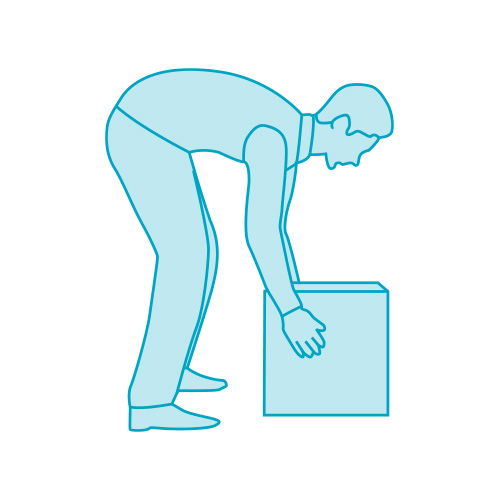
When lifting is performed with a flexed spine (i.e., a rounded back), the muscle activation pattern changes significantly.
🔹 Spinal erector:
⬆️ High activation
Its main function is to stabilize the spine and prevent excessive flexion. This sustained overload can quickly fatigue the lower back muscles, especially when lifting heavy or repetitive loads.
🔹 Gluteus maximus:
⬇️ Moderate or low activation
Although it’s involved in hip extension, its role becomes limited when the lifting mechanics don’t promote a strong extension from the hips.
And what if you lift with a neutral spine?
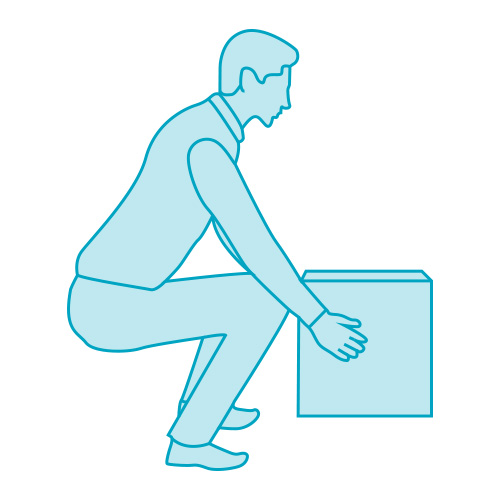
In this version, the back stays aligned and the load is more efficiently distributed through the posterior chain.
🔹 Gluteus maximus:
⬆️ High activation
It becomes the primary driver of the movement, producing greater hip extension to power the lift. This improves efficiency and reduces strain on the lower back.
🔹 Spinal erector:
⬇️ Moderate or low activationWith the spine aligned, the spinal erector only needs to stabilize without overactivating, which reduces lumbar stress.
Direct comparison of muscle activity
EMG analysis of glute-lumbar synergy:
Here’s the paraspinal activity of the spinal erector when a patient lifts with a neutral spine vs. a flexed spine:
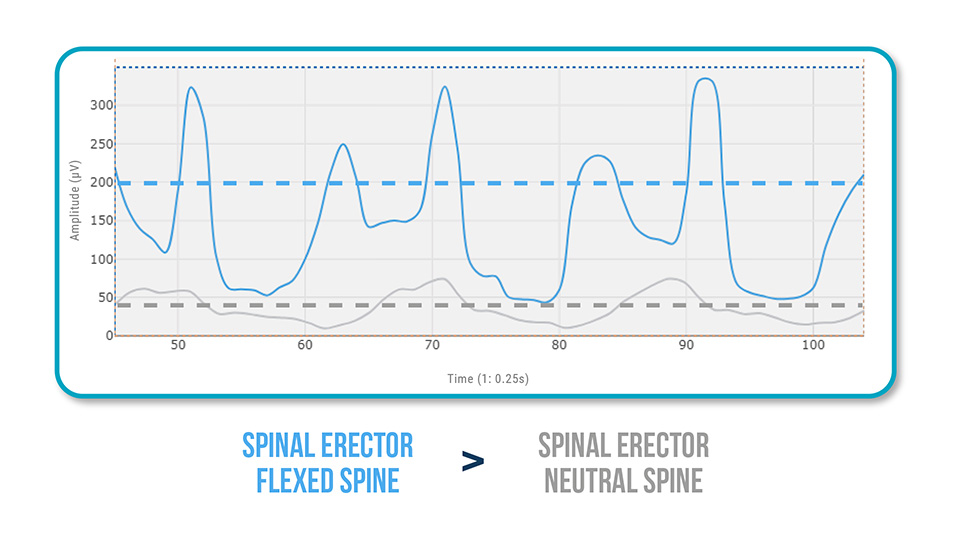
Spinal erector, flexed spine > Spinal erector, neutral spine
Now let’s compare the gluteus maximus activity:
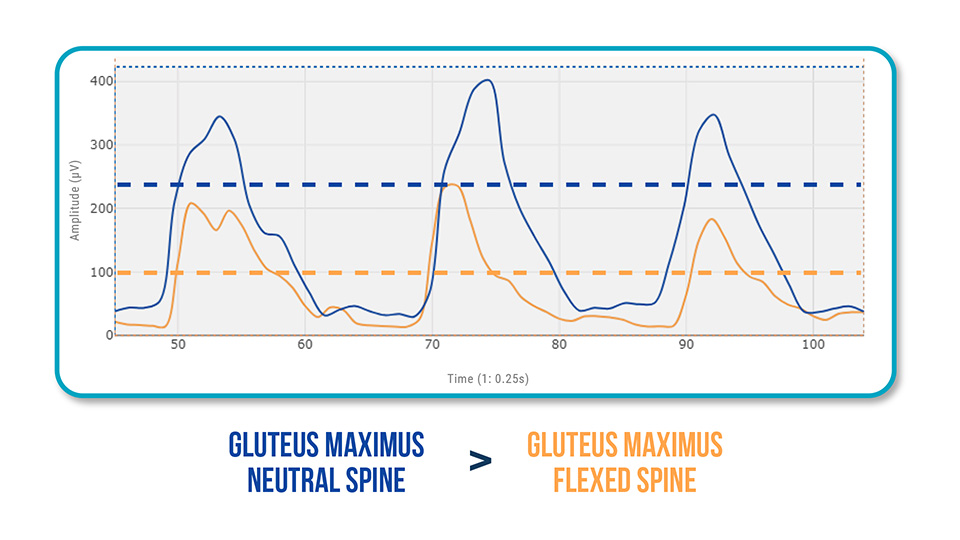
Gluteus maximus, neutral spine > Gluteus maximus, flexed spine
Key takeaways:
- – The spinal erector is more overloaded when lifting with a flexed spine.
- – The gluteus maximus works much more efficiently when the spine is neutral.
So, what’s the most efficient and safest posture?
Although neither posture is inherently harmful, maintaining a neutral spine during lifting offers several functional advantages:
- ✔️ Greater gluteus maximus activation, leveraging its power in hip extension.
- ✔️ Less demand on the lower back muscles, reducing fatigue and risk of overload.
- ✔️ Better load distribution, promoting more efficient and safer mechanics.
For all these reasons, lifting with a neutral spine is the most recommended option—especially when handling heavy loads or performing multiple repetitions.
How can you assess this synergy in your practice?
Surface EMG allows you to:
- Measure gluteus maximus and spinal erector activation in real time.
- Detect inefficient patterns or compensations during lifting.
- Correct and optimize technique based on the patient’s muscle response.
Assessing glute-lumbar synergy helps you personalize training, prevent injuries, and teach your patients to move better.
Want all the details on how to apply this evaluation in your daily practice?
👉 Click here to get more information on how to do it with mDurance EMG
See you in the next post 🙂

